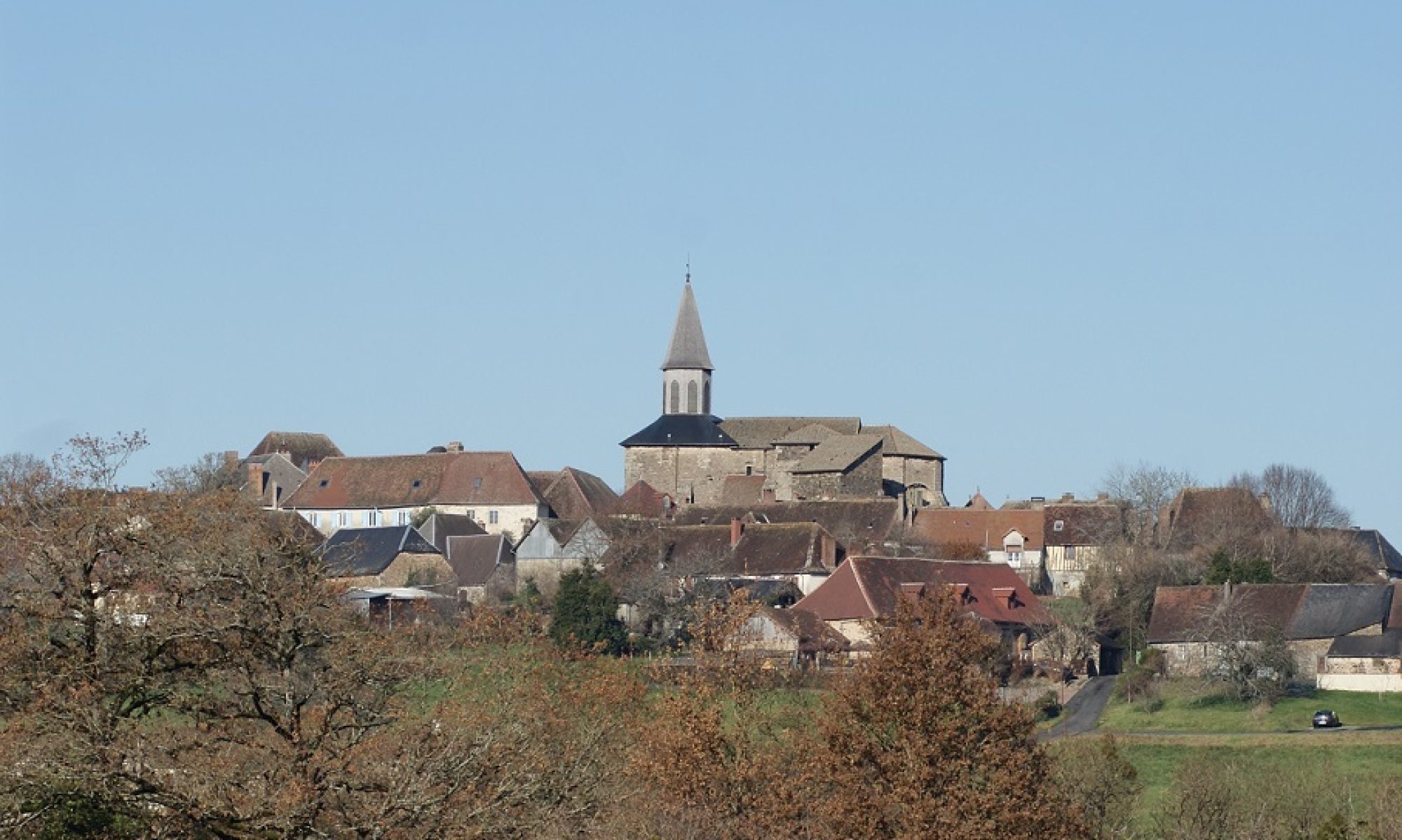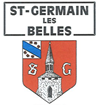The schools and the ramparts
The Fortified Past of Saint-Germain and the Old Ramparts
The “parish of Saint-Germain” is first mentioned in 1072 in the cartulary of Uzerche.
The name “new town of Saint-Germain” appears in documents from the early 12th century. Occupied by routiers in service of the English, the town was besieged in 1182 by Limousin troops raised by the bishop and the viscount of Limoges. Its Romanesque church was restored to welcome the bishop of Limoges who came in 1204 to consecrate the relics of Saint-Germain, his patron saint.
The medieval town was circular in shape, about 150 meters in diameter, and surrounded by ramparts. On the current cadastral map, one can still trace the location of these ancient walls. They have now become streets with names reflecting their origins, such as the path leading from the schools and descending into the Petit Barri district.
The walled town was crossed by a main street oriented north–south. It was closed off at both ends by gates. In the center of the town were the church, a public square with a market hall, a well and houses, lanes and alleys.
Later, outside the walls, on either side of this “upper city”, two neighborhoods developed: the “Grand Barri”, to the north, and the “Petit Barri”, to the south.
The Schools of Saint-Germain-les-Belles
In 1890, Saint-Germain had two public schools (one for boys and one for girls) as well as a private school for girls run by the nuns.
The current school complex was built in 1912. U-shaped, the buildings comprised three boys and three girls classrooms, with two recreation areas separated by a two-meter-high wall.
Two pavilions attached to the corners served as teachers’ lodgings.
In front of the school, a “decorative well” was added. The metal part comes from the public well that once stood in the village square opposite the church.
Images :
- Schools in 1913.
- Aerial view of the medieval town. The circular site of the ancient ramparts can be seen.
Walk along the large walls of the old ramparts to the Place du Petit Barri.

